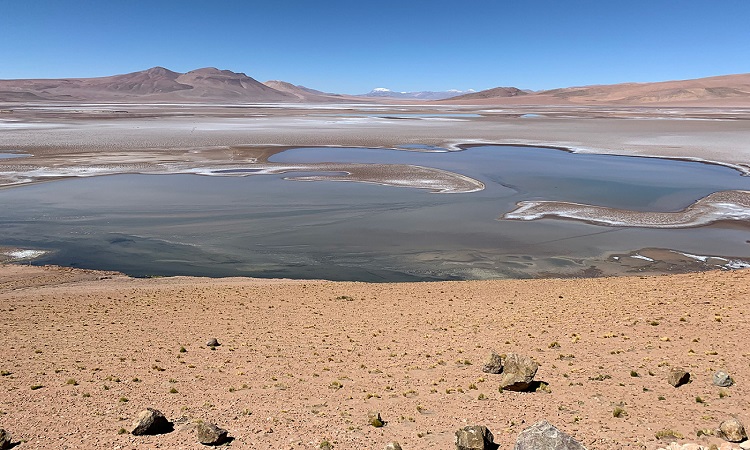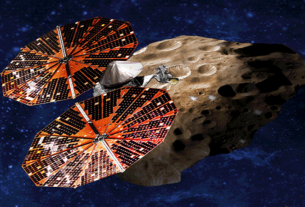NASA’s Curiosity rover has been on a mission for a while collecting information from the surface of Mars. Recently the spacecraft was able to discover catastrophic evidence that occurred on the red planet approximately four billion years ago.
The scientists of the space agency published the report in the journal Scientific Reports, where they affirm that they are progressing more and more in the investigations of the wet history of Mars. Curiosity found evidence of brutal mega-floods that swept through the Gale crater.
Experts note that the flood was caused by heat from a meteoric impact that melted ice on the Martian surface. Thanks to the data obtained by Curiosity, NASA scientists were able to determine that water channels existed for a time.
The impact of the meteorite would also have released a strong amount of carbon dioxide and methane, which, combined with the water, formed a hot and humid climate. The rover found ridges of gravel up to 10 meters high, much like those on Earth.
Satellites orbiting Mars previously found traces of liquid water, but this Curiosity finding helps fuel theories that life might even exist. For eight years, NASA’s mission has focused on exploring the Martian area of Gale Crater.




